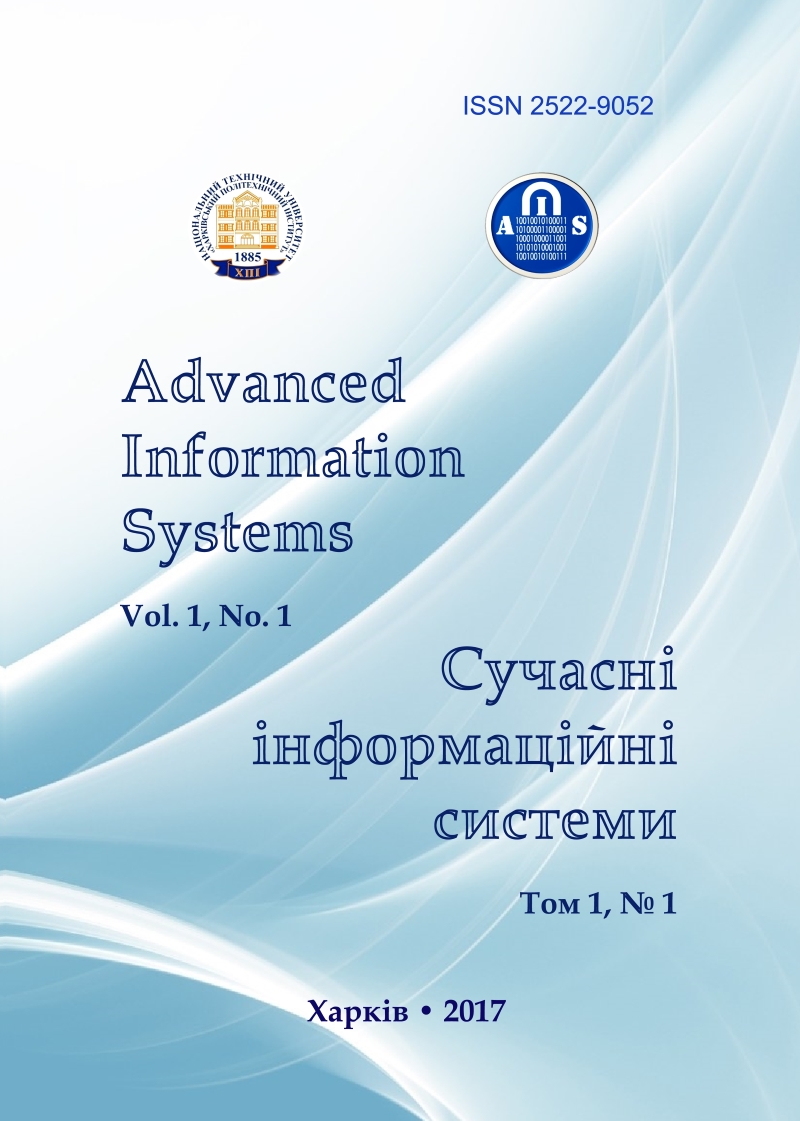Exposure systems used in the assessment of EMF impact on living organisms
Main Article Content
Abstract
The subject of the study in the article is the processes of analysis and exposure assessment of electromagnetic field on humans. The main goal is to optimize size of the exposure antenna systems, its electrical parameters and generated electromagnetic field (EMF) for different frequency range. Objectives: Electromagnetic field (EMF – Electromagnetic Fields) studies on living organisms are one of the important branches of biomedical research. Most of this type of research is conducted using dedicated exposures system with fixed and controlled EMF exposure conditions. The purpose of biomedical research is to determine the influence of electromagnetic fields on living organisms. For this purpose the exposure systems are designed. The main task of the exposure antenna system, is to produce the EMF with known and controlled parameters in a specific EMF area. Depending on the frequency and the component (E or H) of the electromagnetic field used, different types of systems are used. For low frequencies (for instance 50 Hz common frequency) and magnetic fields, Helmholtz solenoids or coils are used, and for electric fields - flat capacitors (E Field). For higher frequencies field E is used for systems with linear antennas or TEM lines. There are also dedicated probes for invasive tissue heating. Each solution has its advantages and limitations and usually there are no universal solutions for all cases. Results: For the generation of a low frequency magnetic field up to several hundred Hz, the Helmholtz solenoid or coil is generally used because of its relatively simple construction, the ability to obtain high intensity and good homogeneity of the field in a relatively large area relative to the dimensions of the whole system. The homogeneous field area can be determined analytically based on system geometry or measurement. Otherwise it looks for exposure system above few MHZ. To create a homogeneous EMF in the field of radio frequencies, the exposure systems - usually the TEM lines (Crawford compartment) or sometimes the GTEM are very likely to be used. In both cases there are frequency and spatial limitations - the homogeneous field is assumed to be maximally present. At 1/3 the height between the plates of the chamber and at the same time the maximum frequency of operation of the TEM chamber can be described by the approximate dependence of fmax [MHz] = 50 / d [m], resulting in a chamber operating at 1 GHz. The work piece does not exceed a height of about1.5 cmwith a diameter of about4 cm. Larger working areas, but at the same time, a lower homogeneity of the field can be obtained in the GTEM chamber - but at the same time the GTEM chamber has much larger geometric dimensions. Another way is to produce PEM with the parameters in open space - in the vicinity of the antenna. In this case, it is very important to select an antenna so that the expected homogeneous area can be obtained at an acceptable distance from the antenna - in order to maintain high EMF intensity and to reduce the radiation of the antenna beyond the desired area. This can be achieved by limiting the emission area by, for example, shielding or using EMF absorbers. In addition authors simulate novel ablation antenna for ablation treatment. Conclusions: Assessing the impact of EMF on biological objects is an interdisciplinary studies that requires the involvement of biological or medical specialists, as well as the EMF standard field and metrology specialist. In this work we have taken the subject of correct selection and description used in the experience of exposure systems. The authors presented the most commonly used EMF emitters in the low frequencies and microwave bands, as well as new model of the ablation treatment antenna.
Article Details
References
Bieńkowski, Paweł, Cała, Paweł, Wyszkowska, Joanna and Zubrzak, Bartłomiej (2015), “Układy Ekspozycyjne PEM W Badaniach Biomedycznych. Przegląd Telekomunikacyjny”, Wiadomości Telekomunikacyjne, R. 88 No. 4, pp. 510-514.
Bieńkowski, Paweł and Zubrzak, Bartłomiej (2011), “Algorytmy Ustalania Zadanych Wartości W Układzie Ze Sprzężeniem Zwrotnym Na Przykładzie Automatycznego Stanowiska Wzorcowego Pola Elektromagnetycznego Z Antenami Tubowymi”, Electrical Review, R. 87 9a, pp. 160-165/
Vallauri, R. Bertin, G. Piovano, B. and Gianola, P. “Electromagnetic Field Zones Around An Antenna For Human Exposure Assessment”, Antennas And Propagation Magazine, IEEE Vol. 57 (5), pp. 57-63.
Cała, Paweł and Słobodzian, Piotr (2013), “Cavity-Backed Slot Antenna For Wireless Sensor Integration”, 23th Microwave And Radio Electronics Week (Marew 2013), IEEE Nr Cfp1385b-Prt, Pardubice, Czechy, pp. 72-75.
Cała, Paweł annd Słobodzian, Piotr (2013), „Zastosowanie Elementu Promieniującego Typu Cbsa W Układzie Antenowym Bezprzewodowego Sensora Naziemnego”, Przegląd Telekomunikacyjny I Wiadomości Telekomunikacyjne, 6/2013, July 2013, pp. 400-403.
